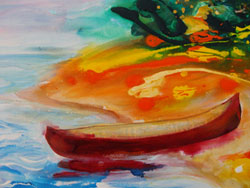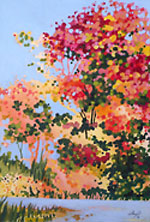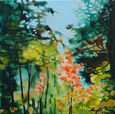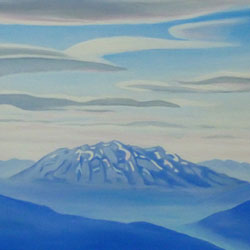Drawing or Painting First?
I sometimes get asked whether a person should take drawing classes before learning to paint. You may be surprised to hear that it doesn’t matter which you take first. That is because they are very different skills, and there is only so much one absorb at once. Some excellent painters have a great sense for shape and proportion and that can be a different skill than understanding lines and edges. Granted, strong drawing skills can greatly enhance a painter’s ability. Beautiful line work can make wonderful art. Everyone understands that someone working at all realisiticly will benefit from drawing skills. What is less obvious is that beautiful line work also can be used to enhance abstract paintings. Most painters pick up drawing courses somewhere along their journey. If this is of interest to you at this time, I have a beginning drawing course for adults that is starting on April 4 at Westmount Branch library. Your choice of afternoon or evening class. It is being offered in two parts, each just 4 weeks long. Registration is done through the library 519-473-4708, and more info is found on my website “Local Art Courses” page.




